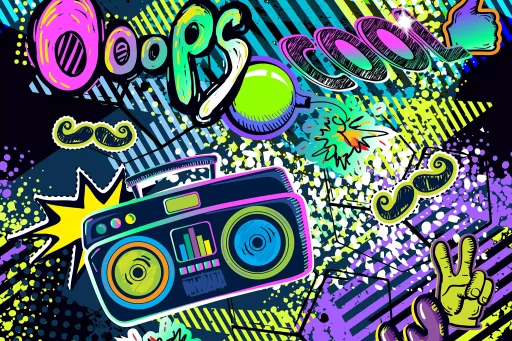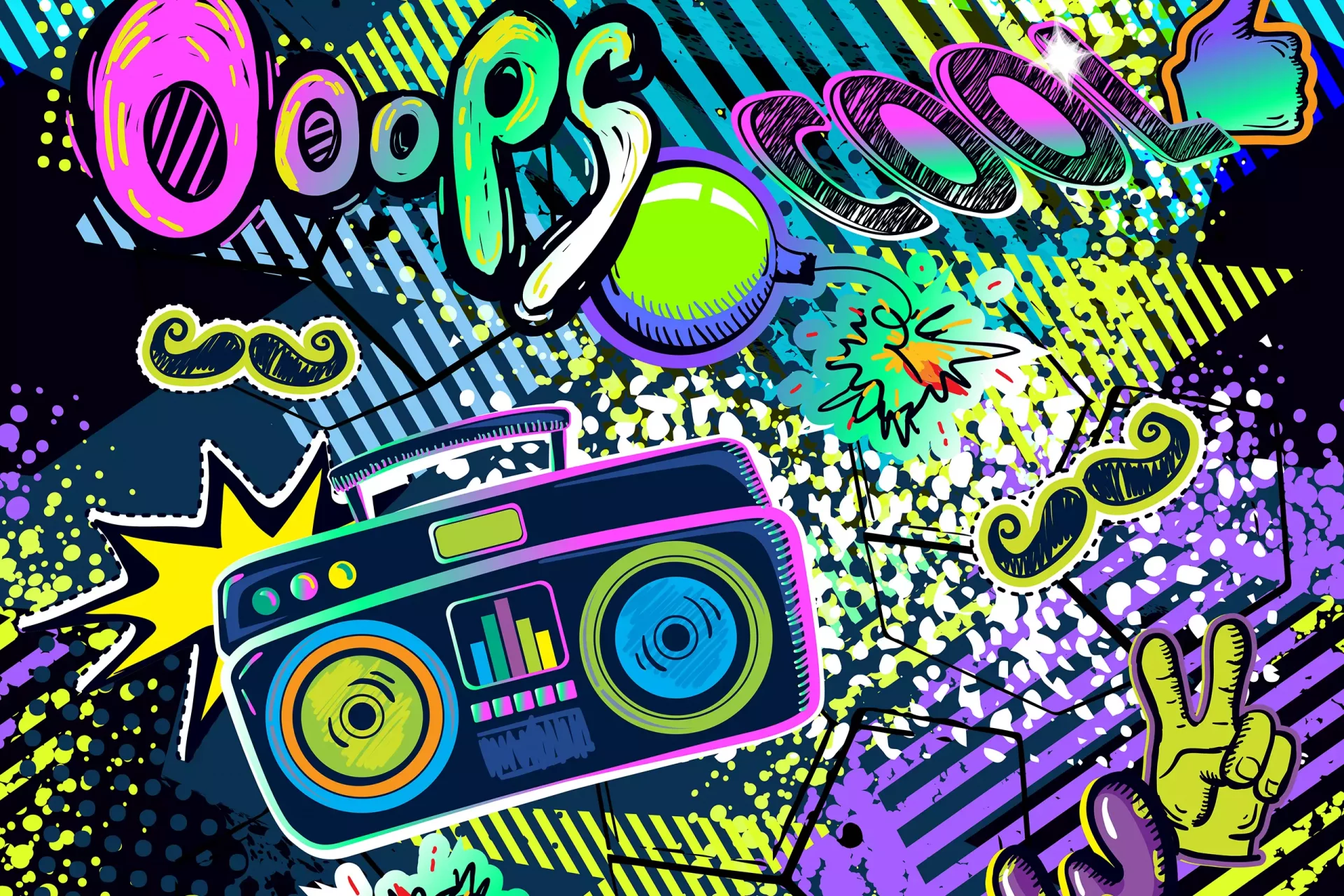Understanding Narrative Text
Narrative text is a core component of storytelling that aims to convey information, evoke emotions, and inspire action. The orientation in narrative text serves as the groundwork upon which a story is built. This article will delve into the concept of orientation in narrative text, explaining its significance, elements, and how it shapes the reader’s journey.
The Importance of Orientation
Orientation in narrative text provides the groundwork by setting up the story’s context. It answers three critical questions:
- Who? – Who are the characters involved?
- Where? – Where is the story taking place?
- When? – When does the story occur?
This initial setup is crucial because it establishes a framework that allows readers to understand and relate to the narrative. When done effectively, the orientation draws the reader in, creating a sense of empathy and curiosity.
Elements of Orientation
Several elements contribute to the orientation of a narrative text:
- Setting: The physical and temporal backdrop where the story unfolds. A well-defined setting can enhance the mood and influence the characters’ actions.
- Characters: The protagonists, antagonists, and supporting characters who drive the narrative. Understanding who they are helps readers connect emotionally.
- Theme: The underlying message or central idea that guides the narrative. Knowing the theme helps readers to interpret the events thoughtfully.
All these components work together to create a vivid picture in the reader’s mind, enabling them to immerse themselves in the story.
Case Study: The Lion King
The iconic film “The Lion King” provides a brilliant example of narrative orientation. In the beginning, we are introduced to:
- Who: Simba, a young lion, and his father, Mufasa.
- Where: The Pride Lands, a lush African savanna.
- When: During a mystical time when animals talk and live in a rich ecosystem.
By clearly establishing these orientations, the audience feels a deep connection to Simba, caring about his journey of self-discovery and redemption. Orientation effectively sets up the emotional stakes and prepares viewers for the trials and tribulations ahead.
Statistics on Engagement
Understanding the orientation can significantly impact a narrative’s success. Studies show that stories with a strong orientation tend to engage audiences more effectively. According to a recent research by Content Marketing Institute, stories that clearly define their characters and settings experience:
- Up to 80% higher audience retention rates
- 60% more chances of social sharing
- Two times higher likelihood of conversion in marketing narratives
Such statistics emphasize the importance of a well-structured narrative orientation in enhancing audience engagement and achieving desired outcomes.
Examples of Orientation in Literature
Multiple literary works excel in establishing orientation, making them memorable and influential. Here are a few noteworthy examples:
- “Pride and Prejudice” by Jane Austen: The story orients readers in 19th century England, focusing on Elizabeth Bennet and her socially complex world.
- “Harry Potter and the Sorcerer’s Stone” by J.K. Rowling: The orientation introduces Harry, an orphaned boy, the wizarding world, and the mystery of his past.
- “The Great Gatsby” by F. Scott Fitzgerald: The narrative begins with Nick Carraway detailing the extravagance of 1920s America and the enigmatic figure of Jay Gatsby.
These examples showcase how effective orientation lays a solid foundation for the characters’ development and thematic exploration throughout the narrative.
Conclusion
In summary, the orientation of narrative text is an essential element that shapes the reader’s journey. By clearly establishing who, where, and when the story takes place, writers can enhance emotional connections, engagement, and overall understanding. Mastering this aspect of narrative writing can drive deeper connections with audiences, whether in literature, film, marketing, or personal storytelling.






